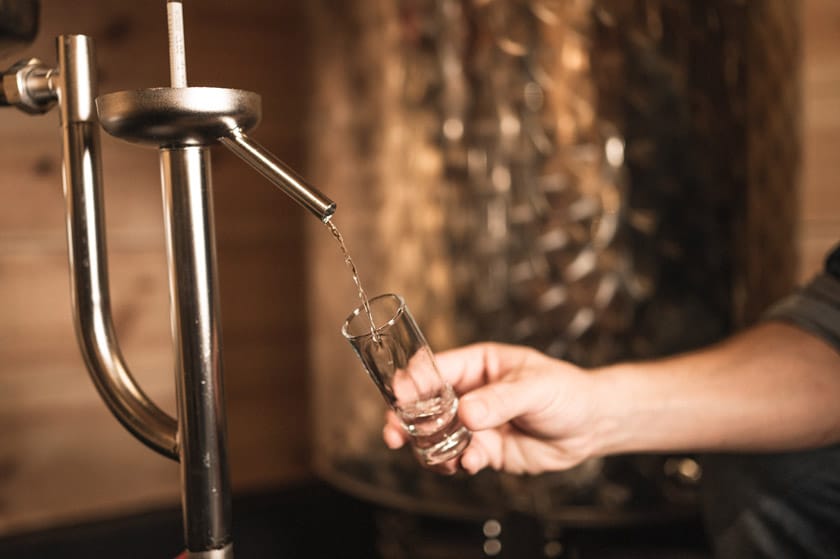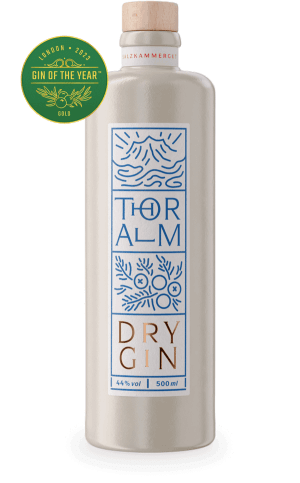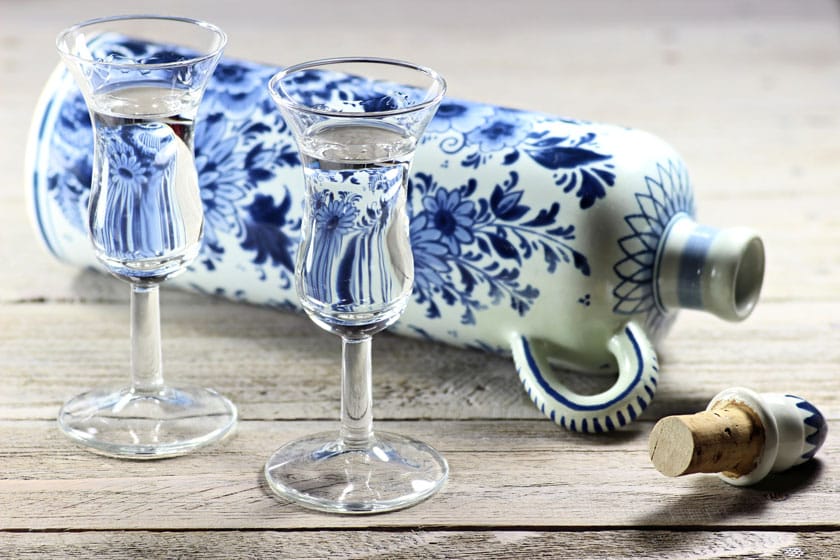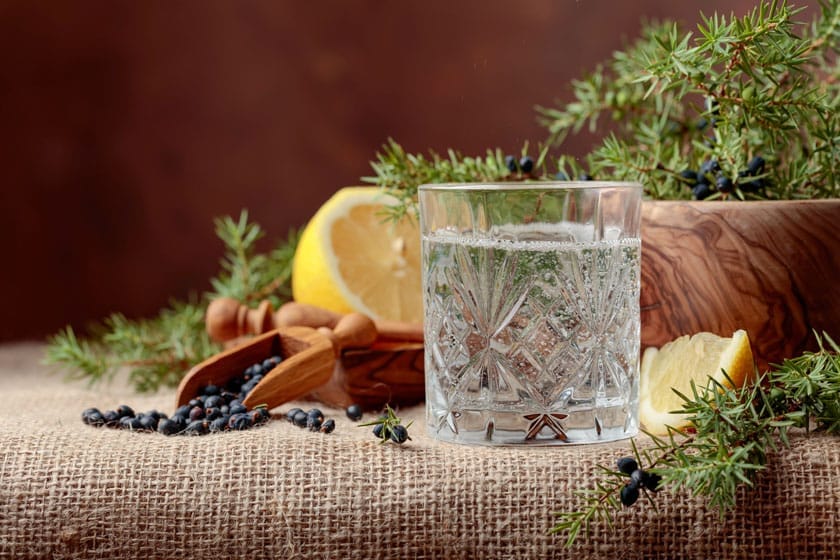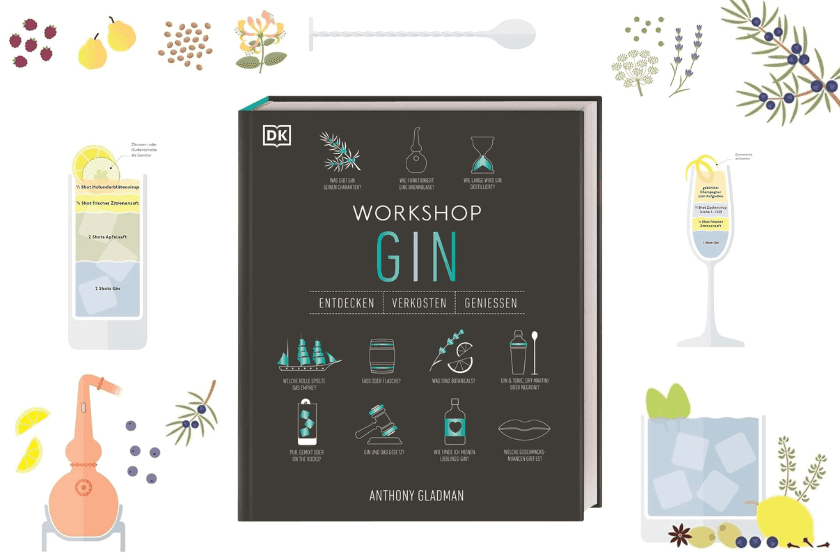Not all gin is created equal. The variety of gin varieties can be overwhelming, but it contributes significantly to the fascination of this popular spirit. From the classic London Dry Gin to modern interpretations such as the New Western Dry Gin - each variety has its own characteristics, production methods and taste profiles. In this detailed article we examine the most important gin varieties, their special features and historical backgrounds.
The Basics of Gin
Before we get into the specific types of gin, it is important to understand the basic idea of gin. Gin is a spirit produced by flavouring ethyl alcohol of agricultural origin with juniper and other botanicals. The minimum alcohol content for gin in the EU is 37.5% vol. The variety of botanicals and the different production processes lead to a wide range of gin varieties.
Official Gin Varieties in Europe
The European Spirits Regulation (EU) 2019/787 defines three official categories of gin, which differ in their production and quality requirements.
London Dry Gin
London Dry Gin, also known as "London Gin", is one of the most strictly regulated types of gin in Europe. It must be made from plant-based alcohol and may only use natural ingredients for flavouring. All botanicals must be added at the same time at the beginning of the distillation process, and subsequent flavouring or addition of sugar is not permitted. A London Dry Gin is characterised by its dry, straightforward flavour profile, often with distinct juniper and citrus notes.
Our THORALM Gin proudly joins this tradition. As an outstanding London Dry Gin, we only use the best natural ingredients, including selected Alpine herbs from the Salzkammergut. This unique blend gives our gin a distinctive and harmonious aroma that perfectly complements the strong juniper note. Enjoy THORALM Gin neat or as a base for classic cocktails and experience the refreshing essence of the Alps in every bottle.
Dry Gin
Dry gin is similar to London dry gin, but less strictly regulated. With this variety, botanicals can be added at any time during production, and natural flavors and colorings are also permitted. The term "dry" simply indicates that the gin is not sweetened. Dry gin offers producers more freedom, which leads to a greater variety of flavor profiles.
Distilled Gin
Distilled gin, as the name suggests, must be distilled. However, no additional flavors may be added after distillation. This variety is distilled at least twice to achieve a higher quality and purity. Distilled gins often have an intense juniper aroma and are considered to be of higher quality due to the more complex production process.
Other important gin varieties
In addition to the official categories, there are many other types of gin that are characterized by special production processes and unique flavor profiles.
Sloe Gin
Sloe gin is not strictly speaking gin, but a liqueur made by soaking blackthorn berries (sloe) in gin. The alcohol content is usually between 30-35%, significantly lower than in traditional gin. Sloe gin has a characteristic reddish color and a fruity-sweet aroma, which makes it ideal for pure enjoyment or as an ingredient in cocktails.
New Western Dry Gin
The New Western Dry Gin is a modern interpretation of the classic gin. Here, the dominant juniper aroma takes a back seat to make room for other botanicals. This freedom allows the producers to experiment with unusual ingredients and create new flavors.
Old Tom Gin
Old Tom Gin is one of the oldest gin varieties and has experienced a revival in recent years. It is sweeter than other gins because sugar is added after distillation. The name supposedly comes from a cat statue ("Old Tom") that was attached to pubs and secretly served gin. Old Tom Gin is particularly well-suited to classic cocktails such as the Tom Collins.
Navy Strength Gin
Navy Strength Gin has a high alcohol content of at least 57% ABV. This variety was created by the British Royal Navy, who wanted to ensure that spilled gin did not render the gunpowder unusable. Today, Navy Strength Gin is valued for its intense aroma and suitability for strong cocktails.
Reserve Gin / Barrel Aged Gin
Reserve Gin, also called Barrel Aged Gin, is stored in wooden barrels after distillation. This storage gives the gin additional aromas that are absorbed by the barrels, similar to whiskeyThe taste becomes more complex and deeper, and the color of the gin can change towards golden yellow to brown.
Compound Gin / Bathtub Gin
Compound gin, also known as bathtub gin, is made by steeping the botanicals in neutral alcohol without additional distillation. This often results in a cloudy color and a flavor that changes over time. This method is particularly popular with home distillers because it is easy to implement.
Gin varieties with protected designation of origin
Some types of gin have a protected designation of origin that limits their production to certain regions.
Plymouth Gin
Plymouth Gin may only be produced in the English port city of Plymouth. This variety has its own taste profile, which is characterized by sweeter botanicals. Plymouth Gin was the official drink of the British Royal Navy for a long time.
Gin de Mahón
Gin de Mahón may only be produced in the capital of Menorca, Mahón. Unlike most other gins, it is based on wine alcohol and is stored in oak barrels.
Vilnius Gin
Vilnius Gin is both a registered trademark and a type of gin that can only be produced in the Lithuanian capital Vilnius.
Other interesting gin varieties
Pink Gin
Pink gin is a relatively new variety that gets its characteristic pink color from the addition of berries such as strawberries or raspberries. These gins often have a sweet, fruity aroma and are particularly popular in summer cocktails.
Genever
Genever, often called the original form of gin is produced in the Netherlands, Belgium and some areas of Germany and France. It is based on a grain malt spirit and is flavoured with botanicals such as juniper, coriander and angelica root. Genever has a fuller aroma than gin and a lower alcohol content.
Cordial Gin
Cordial Gin is a sweet variant of gin that follows Old Tom Gin. Although high-quality gin is now distilled, Cordial Gin was historically sweetened to improve the taste. This variety is currently making a comeback and is used primarily for sweet cocktails.
Our conclusion on the different types of gin
The world of gin varieties is diverse and offers something for every taste. From classic varieties such as London Dry Gin to modern interpretations such as New Western Dry Gin, there are countless ways to explore the flavors and production methods of this fascinating spirit. Whether enjoyed neat, as part of a cocktail or as a base for creative mixed drinks - gin remains a versatile and always exciting choice for connoisseurs and connoisseurs.
-

DRY GIN in gift box 500ml
72,00 €14,40 € / 100 ml
incl. 20% VAT
plus shipping costs
Product contains: 500 ml
Add to cart -

THORALM DRY GIN 500ml
59,90 €11,98 € / 100 ml
incl. 20% VAT
plus shipping costs
Product contains: 500 ml
Add to cart -

THORALM DRY GIN 6 x 500ml
339,40 €11,31 € / 100 ml
incl. 20% VAT
plus shipping costs
Product contains: 3000 ml
Add to cart
